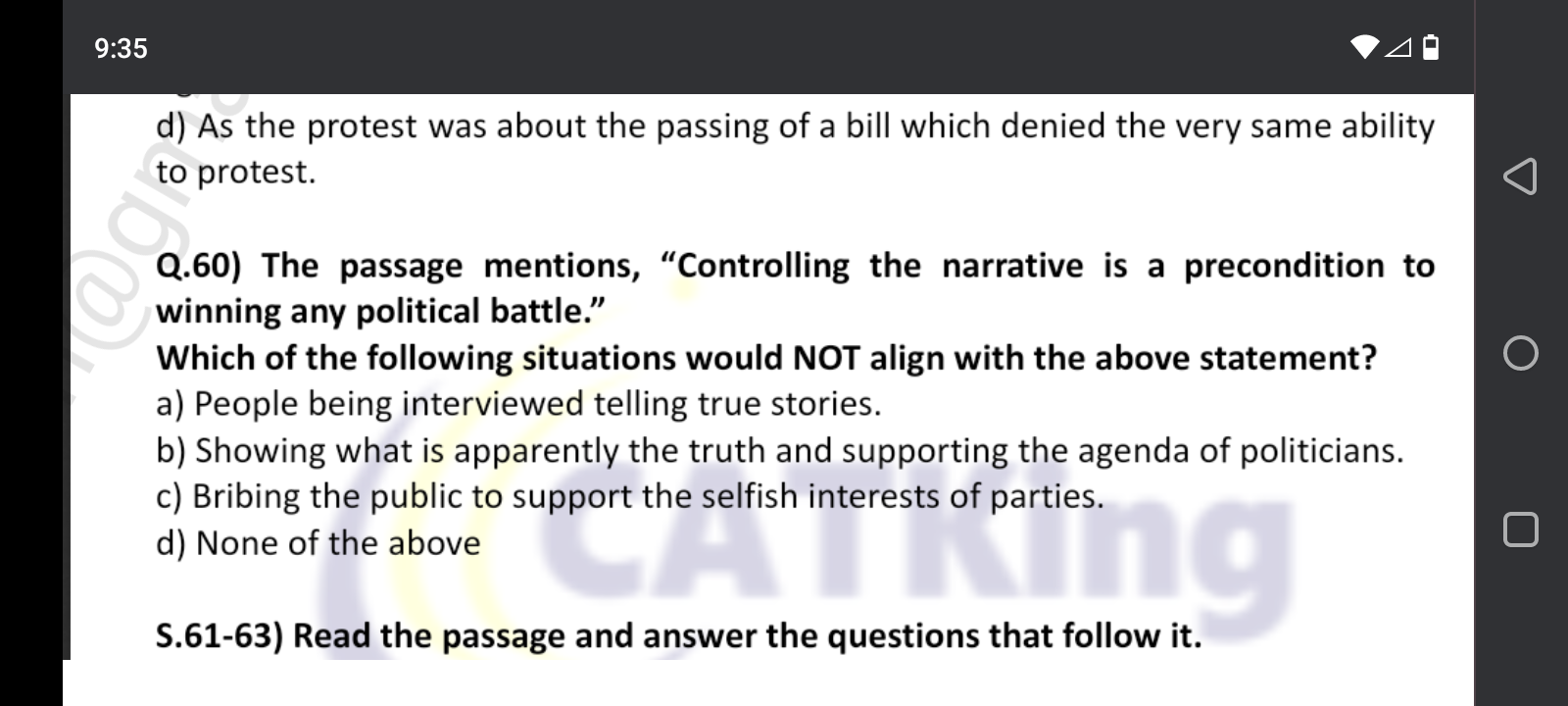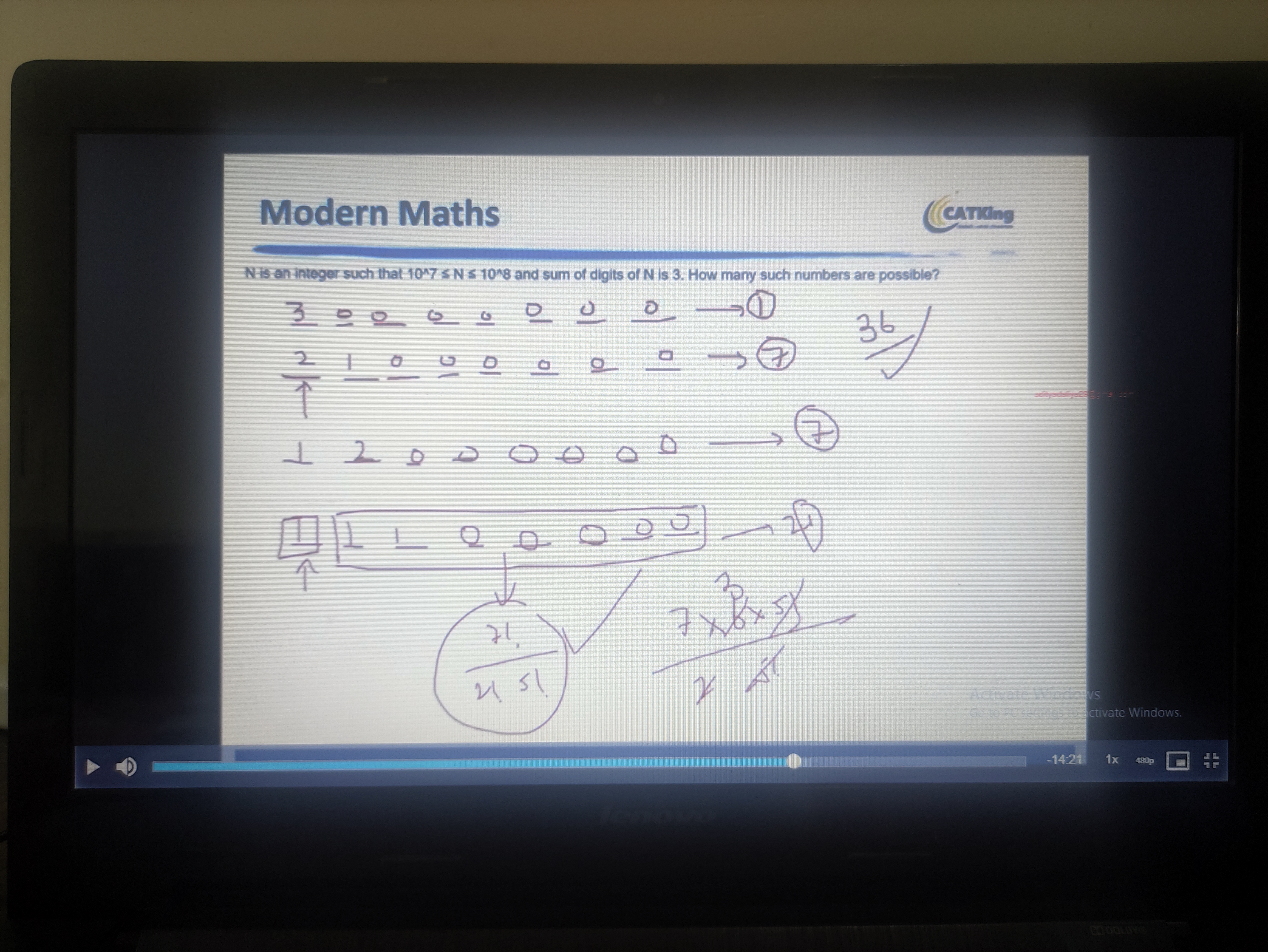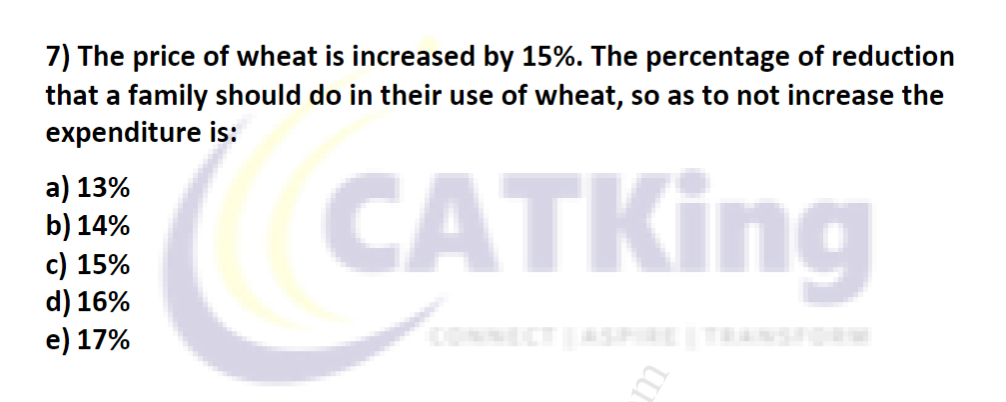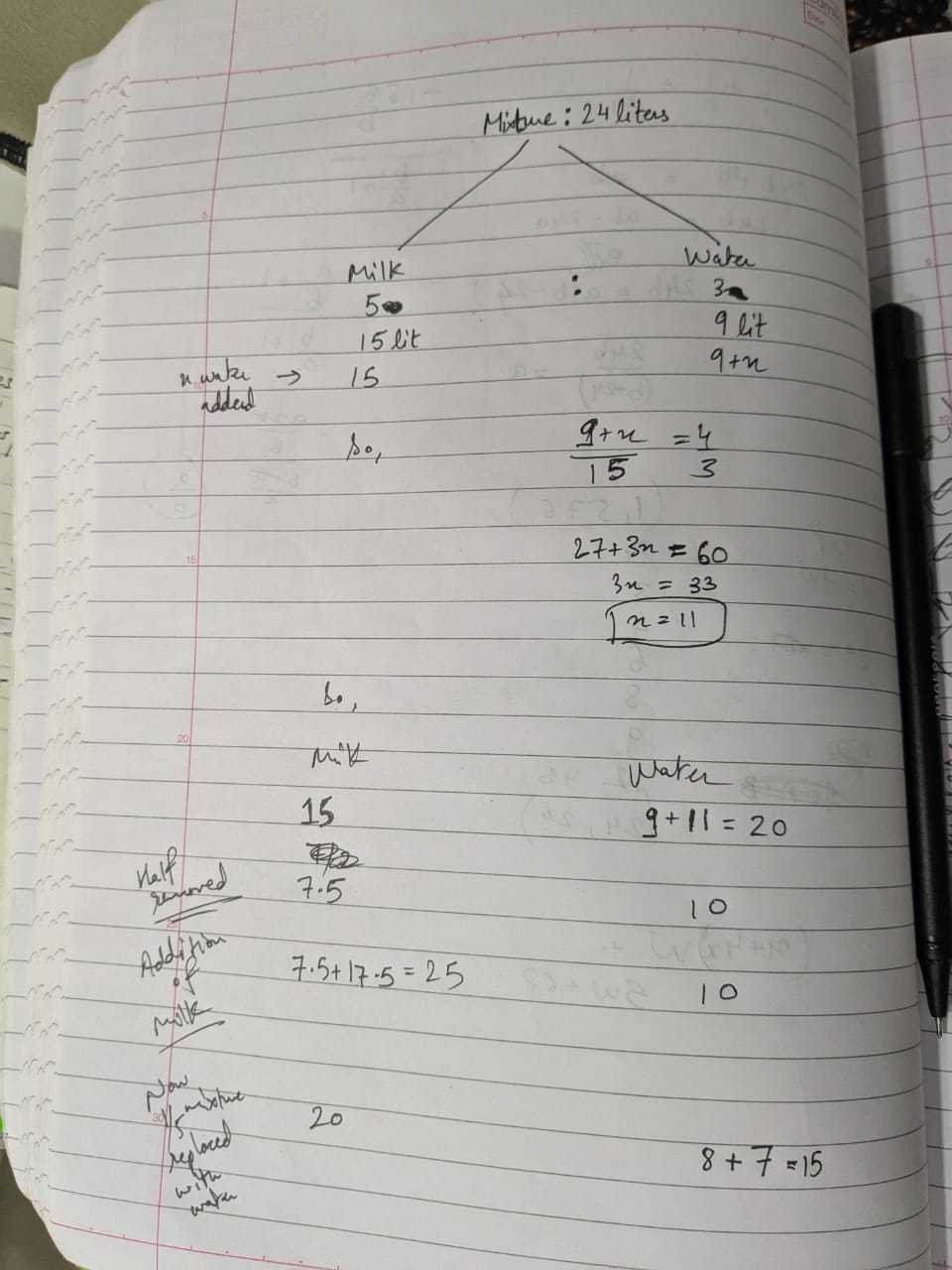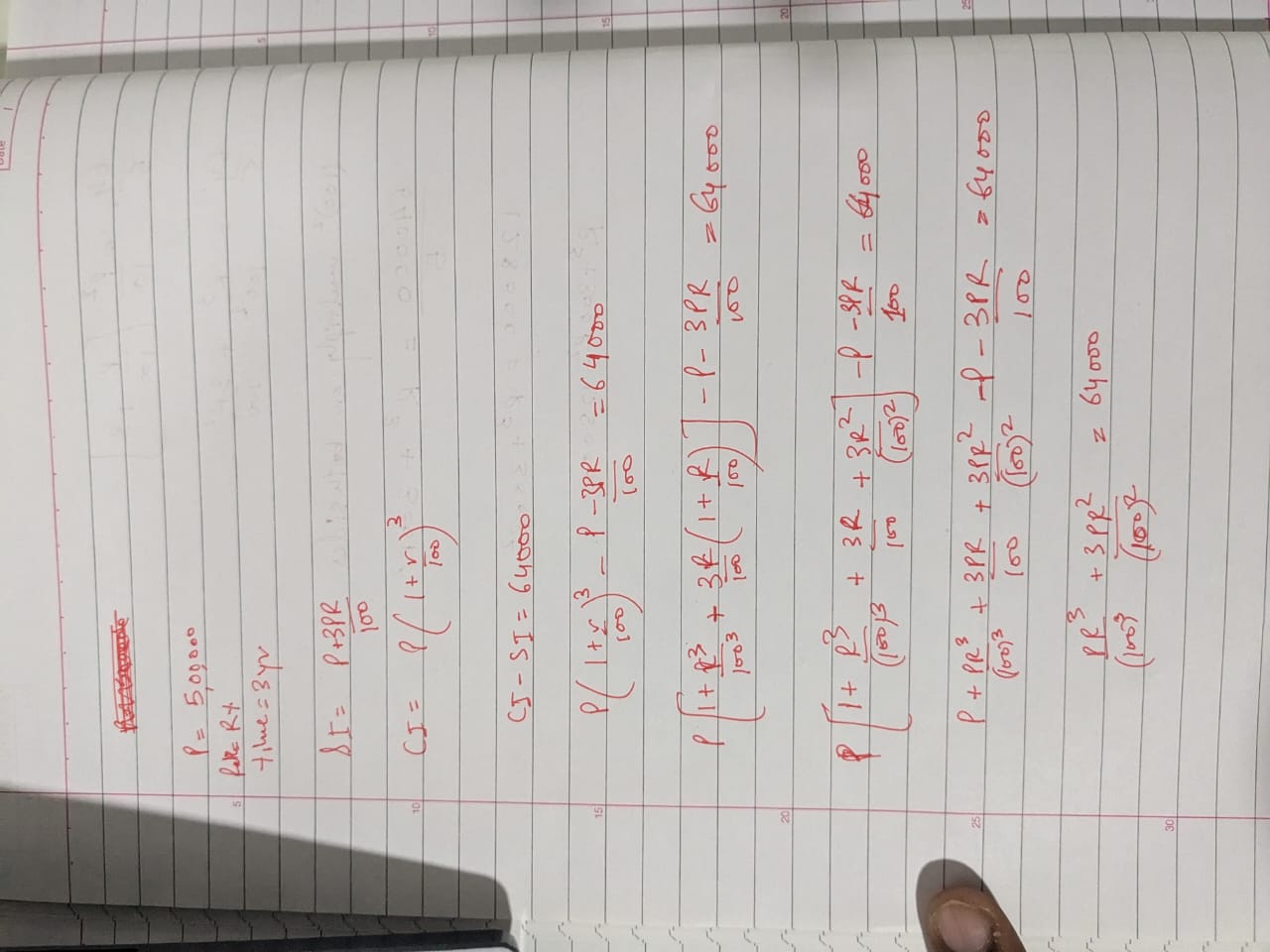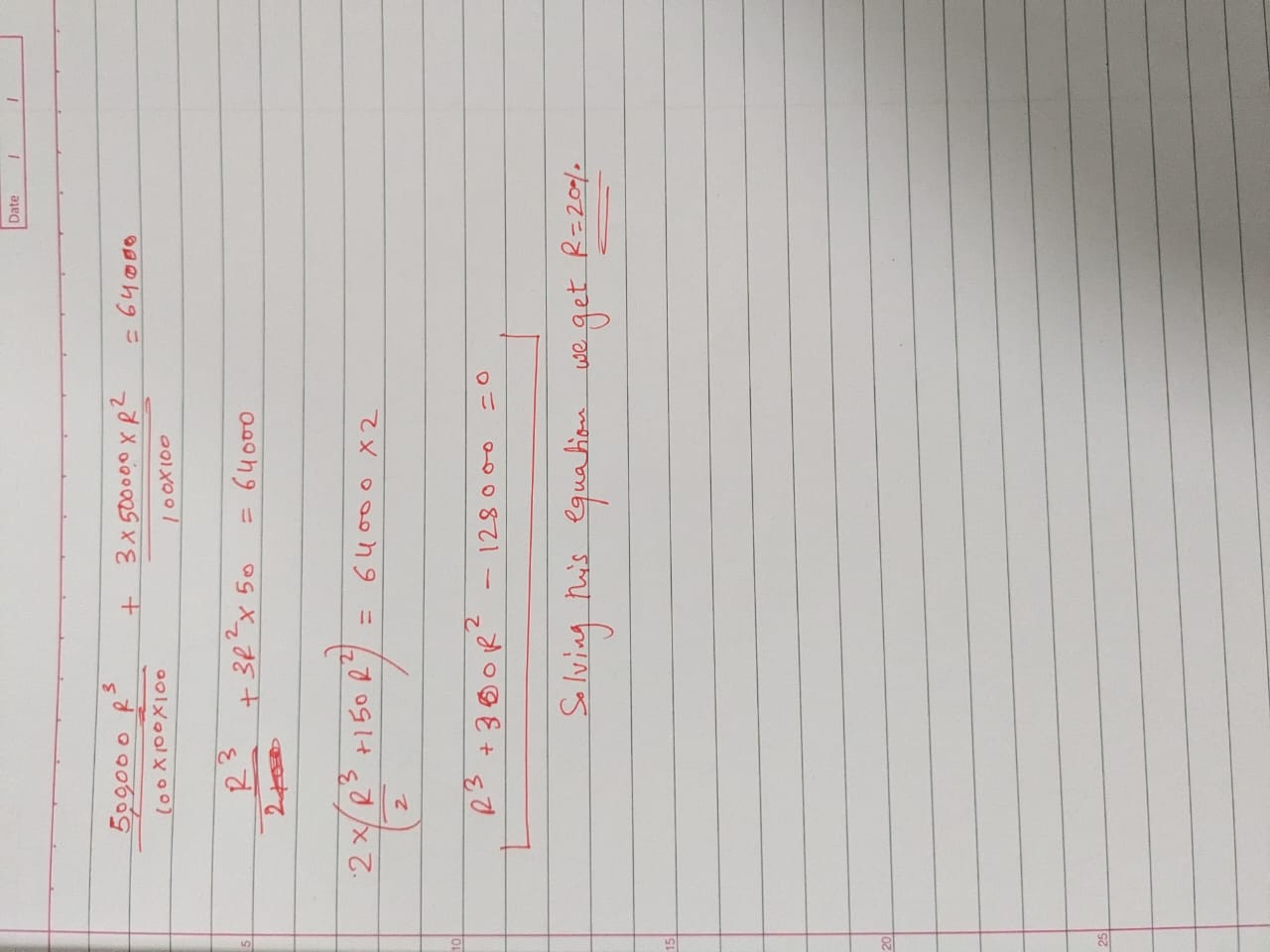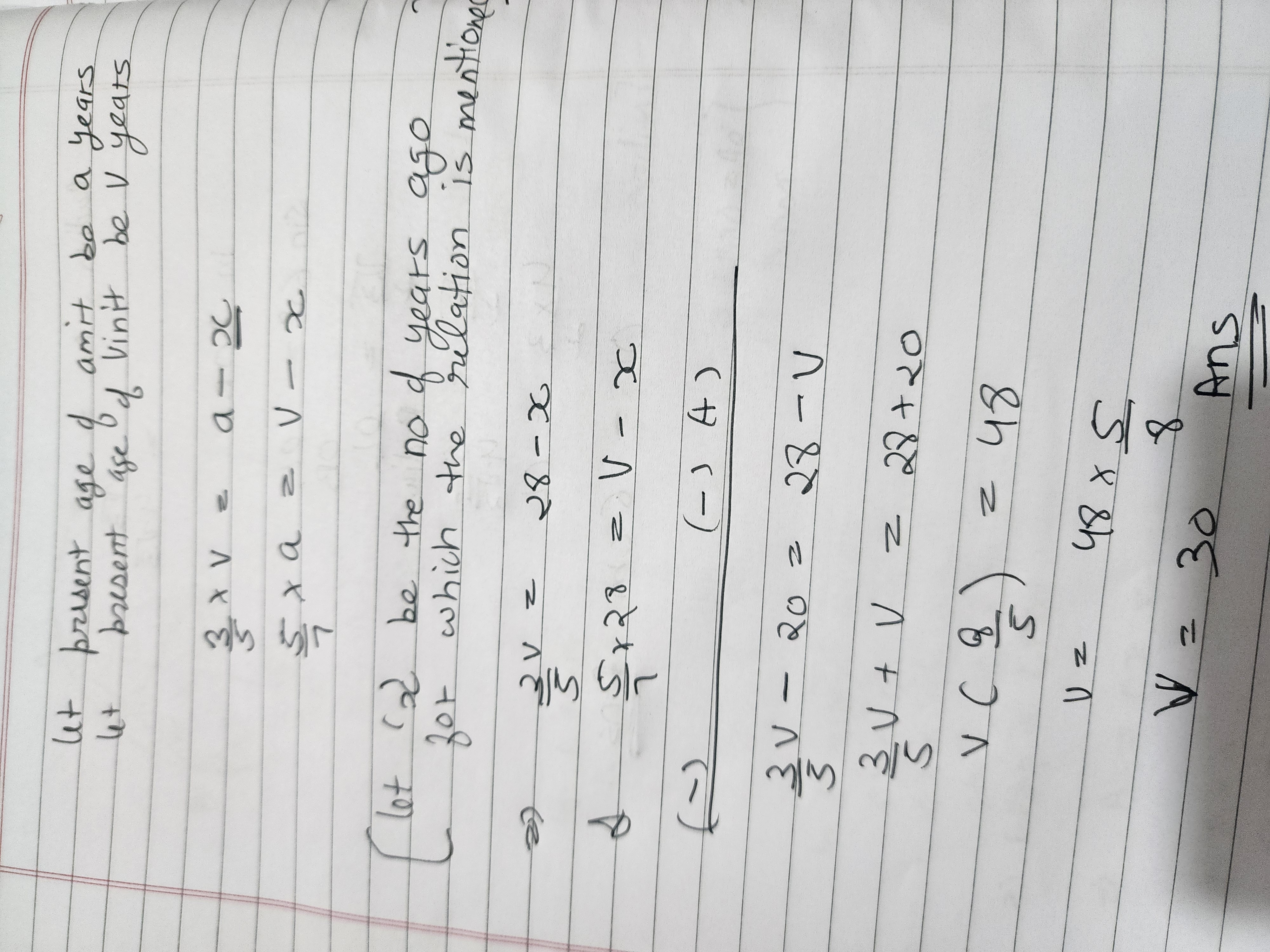Started 3 weeks ago by Shubham Dureja in
85 Replies
-
Replied 3 weeks ago
DOUBT Anonymous works of art and literature tend to rend and vex their audience. Debate still simmers over whether the UK street artist Banksy’s fugitive identity is a compelling act of cultural critique, or an annoying and cynical publicity stunt. The same goes for the elusive, self-created pseudonym of an Italian novelist, Elena Ferrante: is the ‘real’ Ferrante’s absence making an important feminist point about anonymous authorship, flipping a genuine middle finger to the publishing industry and the capitalist culture of self-promotion, or is it a glorified money-spinner, a bare strategy of generating interest and sales, a joke, as it were, on us? Because anonymous works leave a crucial gap as a placeholder for the author’s ‘rightful’ position, they open themselves to the wild and contradictory gamut of responses. They can also give rise to other electric acts of creativity, responses stretching from conspiracy theories, to informed speculation, to new ways of understanding authorship, to new works of art and criticism.Ancient Rome is a prime setting for grasping the power of anonymity, for Romans of the Classical world often acknowledged its power negatively, adversely. Literature for the Romans was primarily the product of a singular intelligence, a coherent creative force, known by shorthand as an author. A literary text without authorship was often thought of as something dark, mysterious, lacking and disabled. In fact, a whole part-industry of scholarship sprouted up around securing attribution, making sure, that is, that the right texts had their proper authors, and that readers could know the worth of what they read. When a Roman reader pictured the origins of a canonical work of literature, it was typically as the fruit of a real, flesh-and-blood, historical individual. This was reflected in the very way that libraries stored their goods: a ticket would hang off the end of the scroll marking the two most salient hashtags of identification: title of work and name of author. Even when there was no clear single point of origin for a work – eg, when the authorship was genuinely shared – Ancient readers invented one: it could never just be the Iliad or the Odyssey; it had to be the Iliad or Odyssey of Homer. There was little space in the culture of authorship for works whose author was properly unknown; and many modern readers have inherited these exclusionary tastes. Still now, the value of a piece of literature seems pegged to the currency of the name it bears. It needn’t be this way. The anonymous literature of Ancient Rome is a species with its own special genius, its own idiomatic capabilities. When we recognise it as an incubation chamber for the power of anonymity, it shows us that literature can sometimes get on better without a Homer or equivalent to chaperone it into our consciousness. Names tame certain forces; anonymity unleashes them. That is, freedom from the author can generate new possibilities for literature, and new experiences of reading it.Readers tend to be much more accommodating of anonymity in popular genres such as graffiti and proverbs than in high literature. It is generally OK for the ‘popular’ to come from everywhere and nowhere; however, when it comes to sublime poetry or an intricate novel, readers grow anxious to pin down and picture a source. It’s as if the degree of ‘authoredness’ of a piece of text swells in direct proportion to its place in the ranking system of literary prestige. Compare fan fiction or genre fiction (eg, the ‘cheap romance novel’) at one end – mostly anonymous, sometimes collectively authored, and correspondingly undervalued in the literary sphere – with James Joyce’s novel Ulysses (1922) at the other – single-authored, original, a work of ‘genius’. All of the following are not considered characteristics of the treatment of anonymous literature in Ancient Rome EXCEPT:
Replied 3 weeks ago
doubt Find out the probability when two cards (one after another) were drawn from a well-shuffled pack of cards, the first card is a spade and the second card is King.
Replied 3 weeks ago
doubt Find out the probability when two cards (one after another) were drawn from a well-shuffled pack of cards, the first card is a spade and the second card is King.


